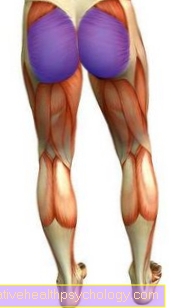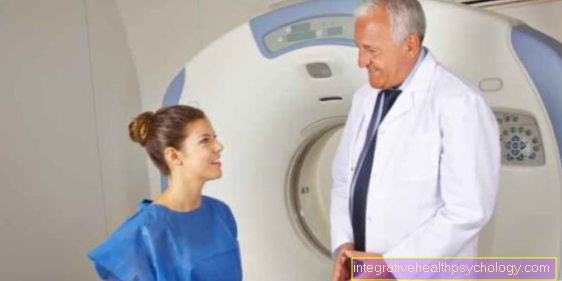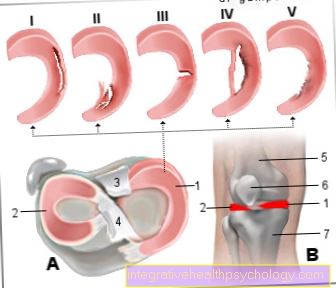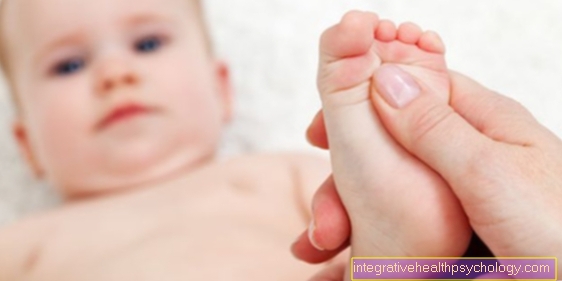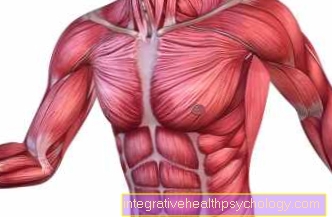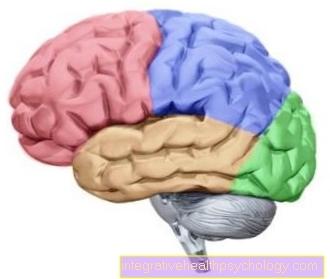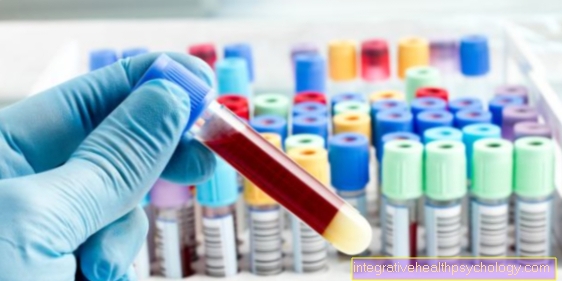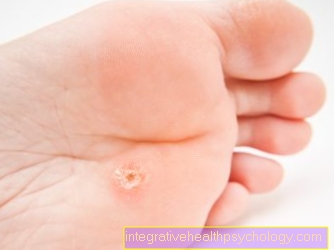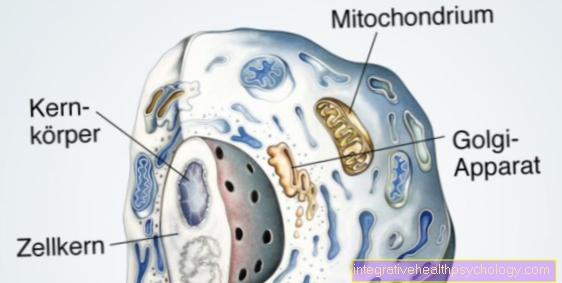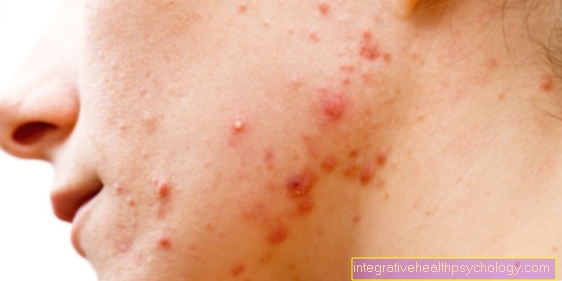Turner Syndrome
Definition - What is Turner Syndrome?
Turner syndrome, also known as monosomy X and Ullrich-Turner syndrome, is a genetic disorder that only affects girls. It was named after its discoverers, the German pediatrician Otto Ullrich and the American endocrinologist Henry H. Turner. Characteristic signs of Turner syndrome are short stature and infertility.
Also read: What is Klinefelter Syndrome?

Turner syndrome is the most common form of gonadal dysgenesis (malformation of the gonads). It is assumed that around 3% of all embryos are affected, but the majority already die intrauterine. It is believed that every tenth spontaneous abortion in the first trimester is due to Turner syndrome. The incidence of Turner syndrome in the population is approximately 1: 2500-3000.
causes
Turner syndrome is caused by a maldistribution of the sex chromosomes. Normally, humans have 46 chromosomes on which the genetic information is stored. This includes two sex chromosomes: in women two X chromosomes (46, XX) and in men one X and one Y chromosome (46, XY).
Girls with Turner syndrome have a missing second X chromosome (45, X0). Therefore one speaks of a monosomy X.
Also read: Chromosomes - structure, function and diseases
In about 30% of the cases there is also a functionless second X chromosome. A mosaic variant is also possible and occurs in 20% of the cases. This means that only in some cells of the body the second X is missing or not functional.
Turner syndrome is not hereditary. The exact cause of the chromosome abnormality is not yet known. It is believed that the cause lies in the maturation of the paternal sperm. There is no connection between the occurrence and the age of the mother, unlike e.g. with trisomy 21.
Also read: Chromosome aberration - what is it?
diagnosis
Turner syndrome can be diagnosed even before birth, e.g. by examining the amniotic fluid or taking a sample of the placenta. However, these examinations carry risks for the pregnant woman and are not carried out routinely. Non-invasive blood tests (prenatal test) can also be used to diagnose Turner syndrome. However, these are very expensive and are also not part of the standard diagnostics.
After the birth, Turner syndrome is particularly noticeable due to the short stature of the affected girls. If the disease is suspected, an examination should be carried out for further physical changes. Further diagnostics to look for malformations of the internal organs should also be carried out (cardiac ultrasound, ultrasound of the urinary tract).
The concentration of various hormones in the blood can also be determined. In Turner syndrome, the oestrogens are low and the luteinizing hormone (LH) and the follicle-stimulating hormone (FSH) are increased (hypergonadotropic hypogonadism).
Furthermore, the blood cells can be subjected to a chromosome analysis and thus a missing X chromosome can be detected.
I recognize Turner syndrome by these symptoms
There are a number of possible symptoms that can appear with Turner syndrome. However, these do not occur all and also not always at the same time. Some symptoms can also occur depending on age.
Already at birth, the newborns attract attention due to lymphedema of the backs of the hands and feet. The short stature is also noticeable early on. Affected girls usually only reach an average height of 1.47 m.
Physical changes such as:
-
Malformations of internal organs (e.g. heart defects, malformations of the kidneys and ureters)
-
Underdeveloped genital
-
Shortened metacarpal bone (IV metacarpal bone)
-
Deformations of the chest (e.g. shield thorax)
-
Deep hairline on the nape of the neck
-
Pterygium colli (wing-shaped fold on the side of the neck)
-
Lots of moles
-
Early osteoporosis
Mental development is usually normal and there is no reduction in intelligence.
The lack of or underactive ovaries in adolescence leads to the absence of puberty and menstruation (primary amenorrhea). Women with Turner syndrome are usually infertile.
You might also be interested in: These symptoms help you recognize Klinefelter syndrome!
treatment
In the treatment of Turner syndrome, the cooperation of many specialists such as paediatricians, endocrinologists (specialists in hormone treatment), gynecologists and general practitioners is necessary. Only symptomatic therapy is possible.
The short stature should be treated early with growth hormones in the form of injections under the skin. With this treatment, an increase in size of six to eight centimeters can be achieved in the best case.
At around 12 years of age, estrogen and progesterone preparations are used to initiate puberty with medication. The estrogens are taken regularly for three weeks after the induction phase. There follows a one-week break. In this way, a normal cycle is mimicked and menstrual bleeding occurs and the external genitals develop regularly. Estrogen therapy is continued for life, also to prevent osteoporosis.
The disease and its symptoms can be very stressful for those affected. Therefore, psychotherapy started early can be helpful.
Duration / forecast
Since Turner syndrome is incurable, affected girls and women will be accompanied by the disease for the rest of their lives.
Regular medical examinations are important as there is an increased risk of various diseases. These include: high blood pressure, diabetes mellitus, obesity, osteoporosis, diseases of the thyroid gland and diseases of the gastrointestinal tract. Because of these diseases, girls with Turner syndrome have a life expectancy that is around 10 years less than that of healthy people.
Pregnancy is in most cases not possible because of the existing infertility. Pregnancy is only possible in patients who have a mosaic set of chromosomes. However, this is associated with many risks and the frequency of premature births and miscarriages is significantly increased.



